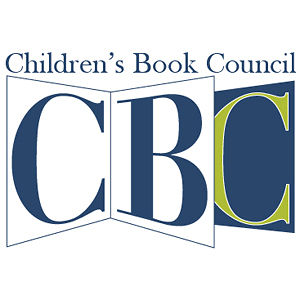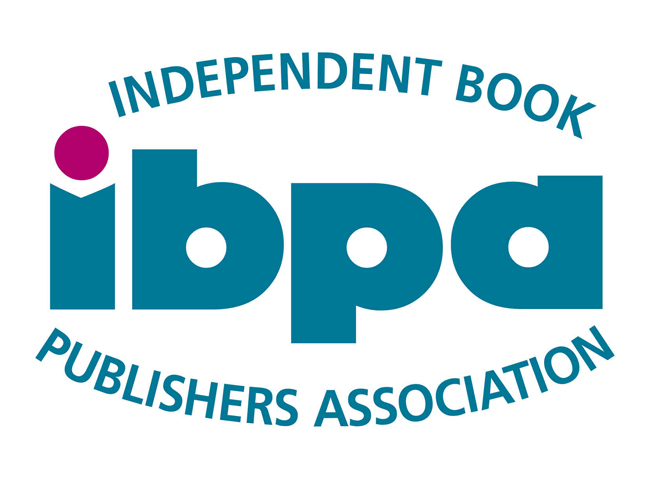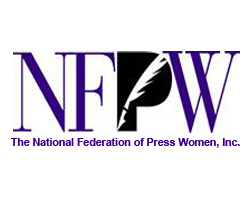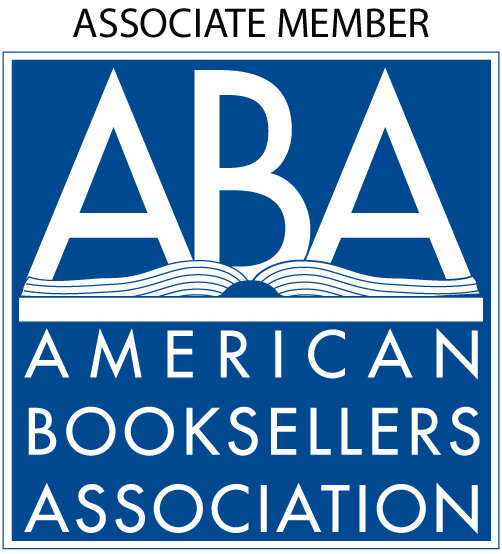Astronaut Clayton Anderson Launches Little Readers on an A to Z Mission
/by Melissa Fales
photo courtesy of NASA
As Nebraska’s first and only astronaut, Clayton Anderson holds the sole privilege of representing the Cornhusker State in space. Being selected by NASA in 1998 was a lifelong dream come true for Anderson, as evidenced by the faded newspaper clipping he has of a photo taken of him at the Ashland Summer Carnival in the mid-1960s.
In it, he’s 6 years old and dressed for the children’s parade in a handmade astronaut costume, complete with a helmet made out of a hat box and a lot of aluminum foil. “My mother always said that when I was a little boy, I often told her I was going to become an astronaut one day,” he says. Since retiring from space travel, Anderson has been busy writing books, including his first, The Ordinary Spaceman: From Boyhood Dreams to Astronaut, released in 2015, and his first children’s book, A is for Astronaut: Blasting Through the Alphabet, released in March.
Writing a book for kids wasn’t even on Anderson’s radar until a friend who manages a bookstore told him about the numerous titles in the Sleeping Bear Press Alphabet series. “They don’t have a space one yet,” she hinted. The result is an A to Z journey filled with space words, a poem for each letter, and fascinating facts about NASA. “I wrote down the alphabet and picked a word for each letter,” he says. “I had multiple choices for a few of them. I finished the poems in less than a week. I thought that was the really fun part.”
Anderson praised the book’s illustrations by Scott Brundage. “They’re very visually impactful,” he says. Anderson also wrote the sidebar information on each page which gives children a deeper glimpse into what it’s like to be an astronaut. “It’s a book that can really grow with the kids,” he says. “Small children might only be able to read the letters on their own. As they get older, they’ll be able to read the poems. And as their reading skills improve, they’ll be able to learn something about space.”
Anderson hopes A is for Astronaut will spur a curiosity about space among his young readers, similar to the way he was indelibly affected on Christmas Eve 1968 by watching the Apollo 8 mission orbit the moon on TV. “Listening to the communication between ground control and that command module 239,000 miles into space was incredible,” he says. “I remember that tension and that drama and that excitement when they re-established contact after a long period of static. That was a huge Wow! for me. That really planted a seed in my head.”
Of the 30 years Anderson spent with NASA beginning in 1983, the first 15 were as an aerospace engineer. For the last two years before he was selected as an astronaut, he was the manager of the Emergency Operations Center at Johnson Space Center in Houston. “I knew little to nothing about managing emergencies, but NASA had taught me a lot about planning, training, and flying,” he says. “I was able to take the plan, train, and execute methodology from space flight and apply it to emergency response.”
Anderson was fortunate in that although he was completely prepared, he never had to deal with a real emergency. “We simulated a ton of them, just like we do in space flight,” he says. “We simulate all the time so when the time comes, you’re ready.”
Spending 167 days in space took guts, determination, and especially perseverance, since Anderson submitted 15 applications to NASA before he was finally accepted as an astronaut. “That’s supposedly a record,” says Anderson. “Applying to become an astronaut is easy. Getting selected is hard. I just didn’t give up.”
The application, according to Anderson, is tedious, involving hours of work. “Once it’s done, it’s relatively simple to update it every year,” he says. So he did … again and again. After the 13th try, Anderson was called in for an interview. “At that point the flame was lit,” he says. It still took two more tries, but Anderson knew he was getting closer to his goal.
In all, Anderson had the opportunity to experience six space walks, spend five months on the International Space Station, and fly on two space shuttles: Atlantis and Discovery. In 2013, he retired from NASA and embarked on a writing career. In June, Anderson’s third book will be released. It’s a Question of Space: An Ordinary Astronaut’s Answers to Sometimes Extraordinary Questions is a collection of the often thoughtful and sometimes inane inquiries Anderson has received about space over the years.
The most perennial topic, according to Anderson, is food. “The food in space is pretty good, actually,” he shares. “I got to eat both Russian food and American food. The Russian food was preferable. I definitely did not starve.”
Anderson says he hopes It’s a Question of Space will encourage young adults to consider space exploration and other STEAM (Science, Technology, Engineering, Arts and Mathematics) fields when they think about their career choices. “It’s important that we get kids excited about STEAM,” he says. “It’s really important to the future of America that our children are focused on these kinds of disciplines. These are the people who are going to be the problem-solvers of the future.”
Looking ahead, Anderson says he plans to continue his schedule of speaking engagements and to keep writing. “My mantra is: I write to inspire, to entertain, and to educate,” he says. “I can’t get in front of audiences everywhere, but if people choose to look at my books, that gives me an additional avenue and a different way to inspire them.”
Read more stories like this in the June issue of Story Monsters Ink! The literary resource for teachers, librarians, and parents!









